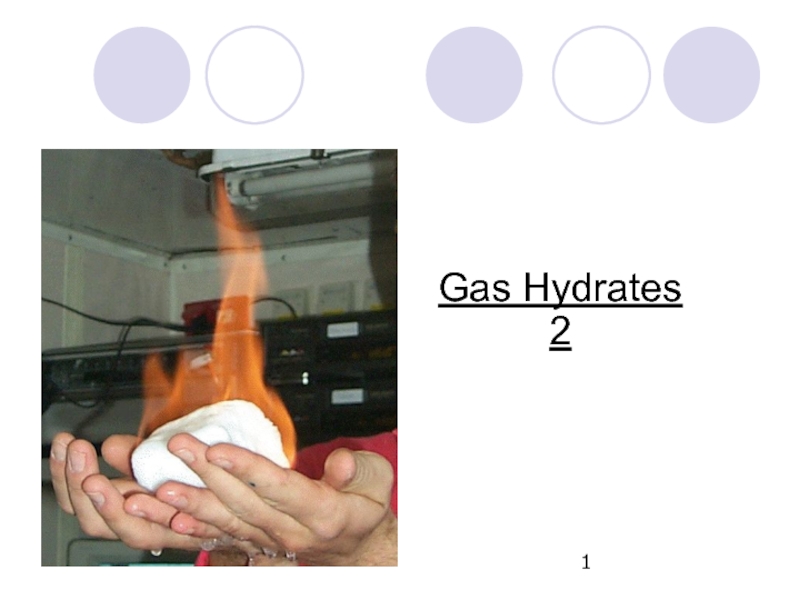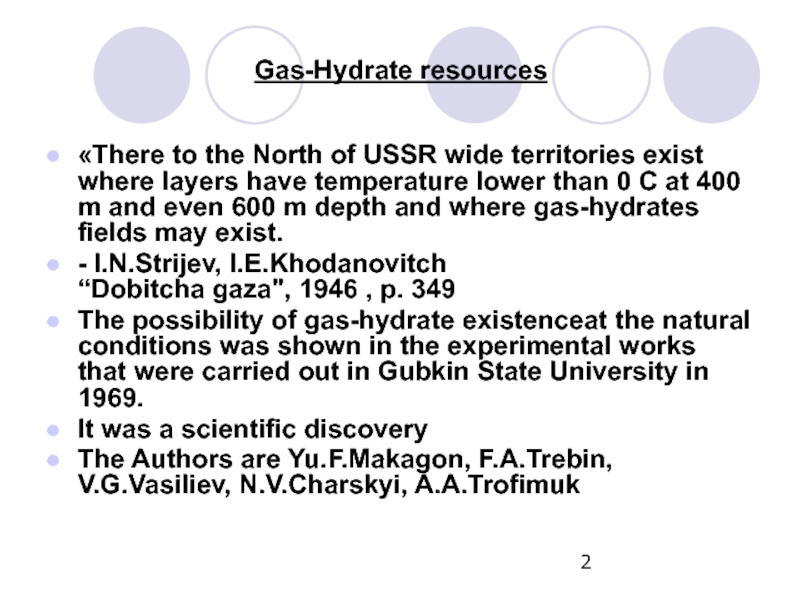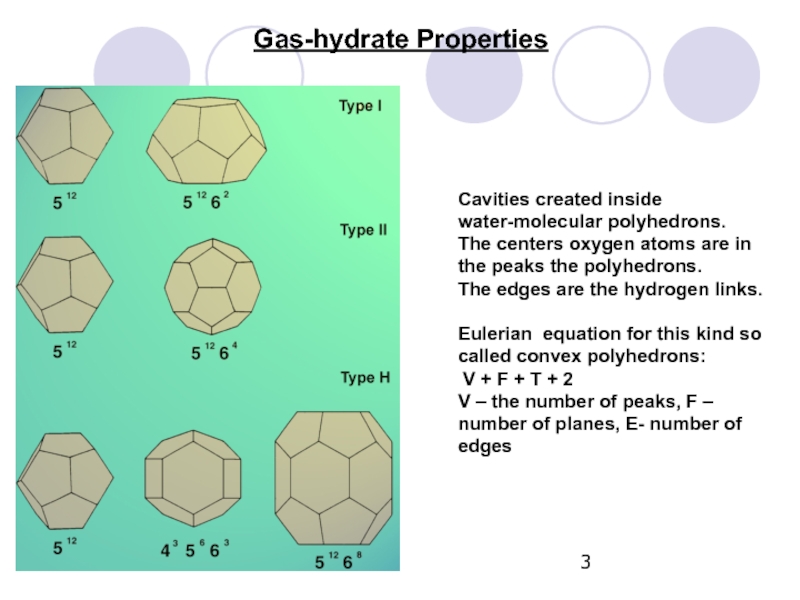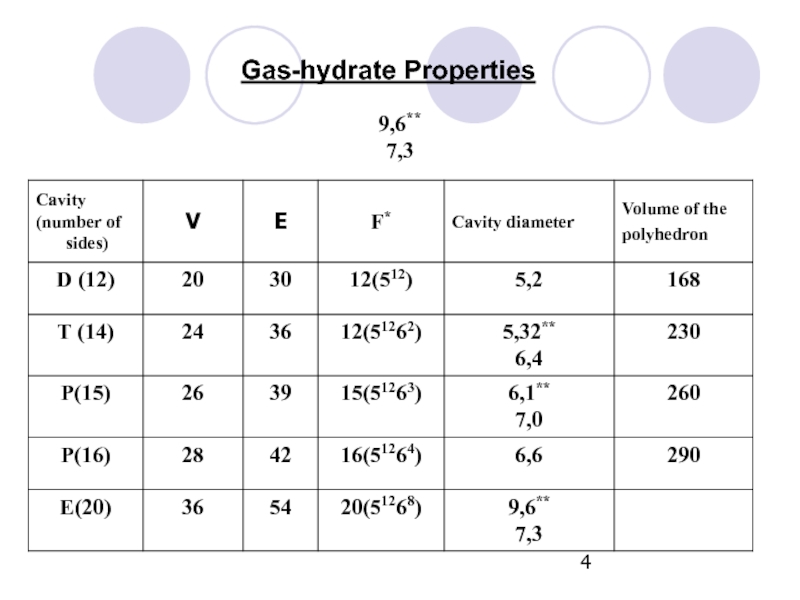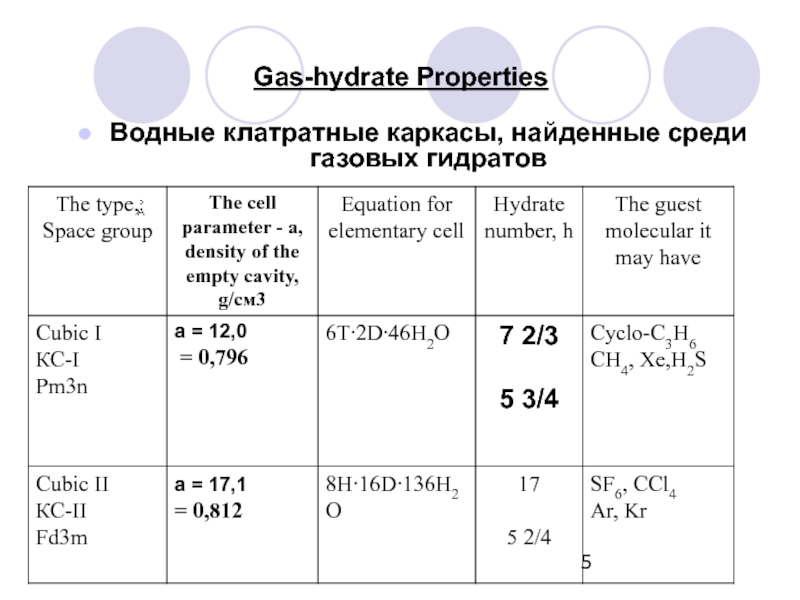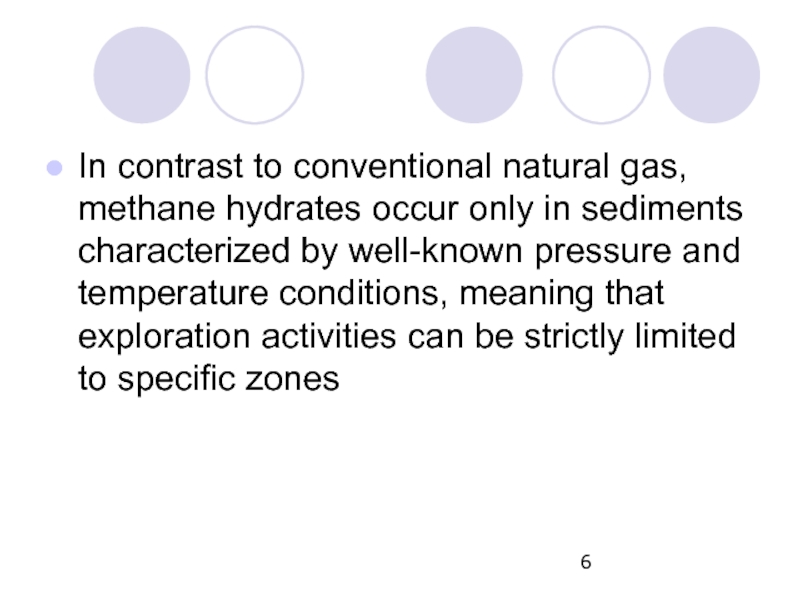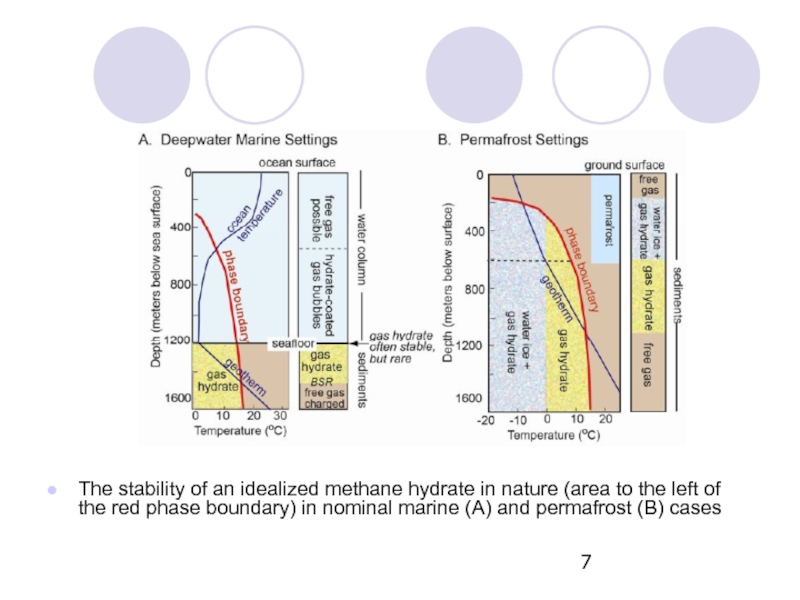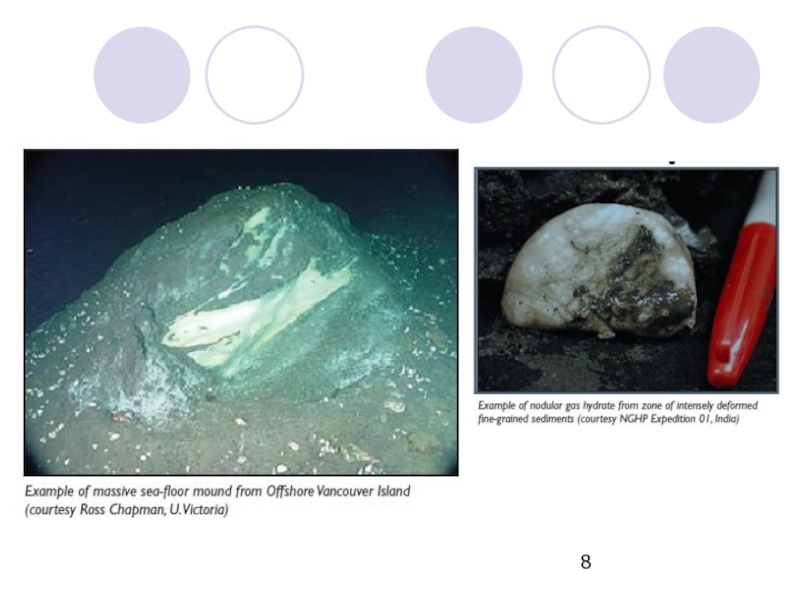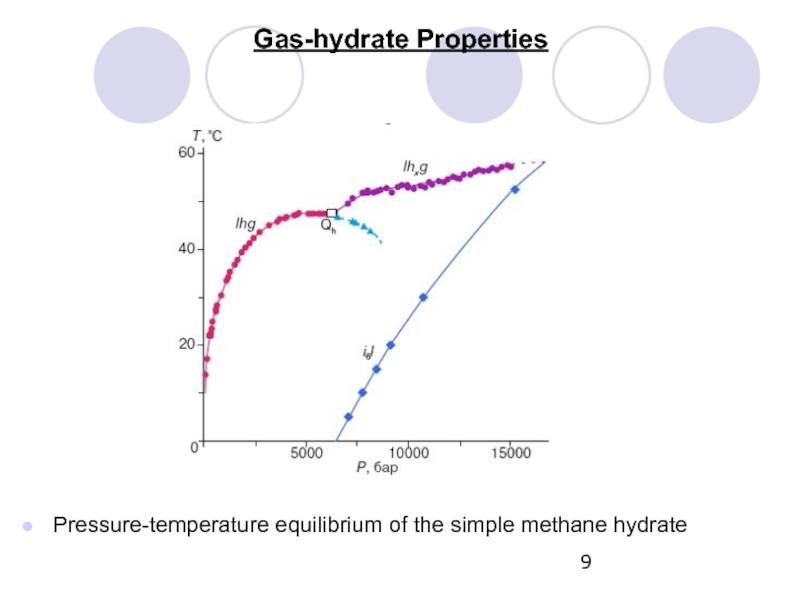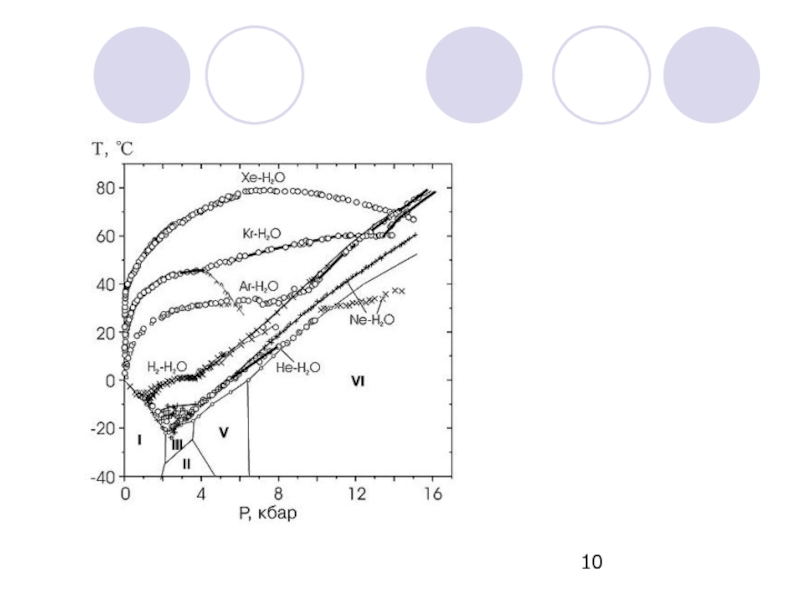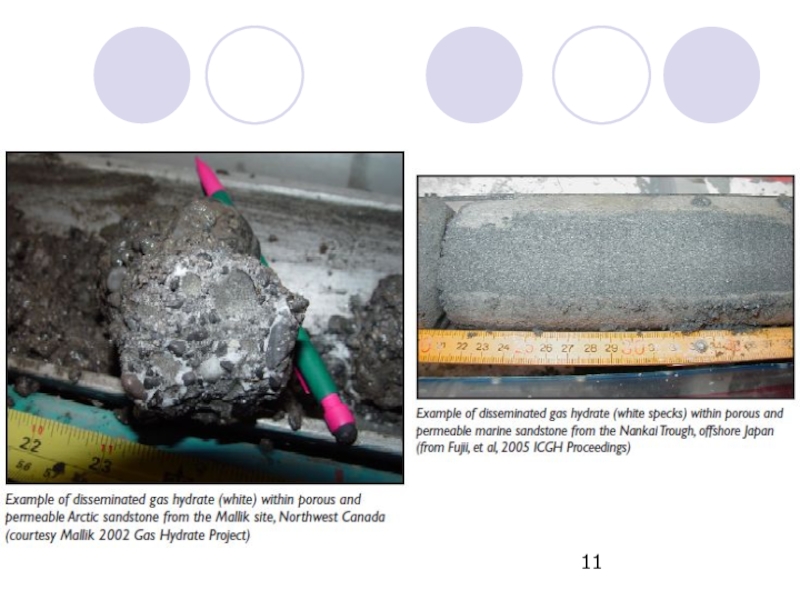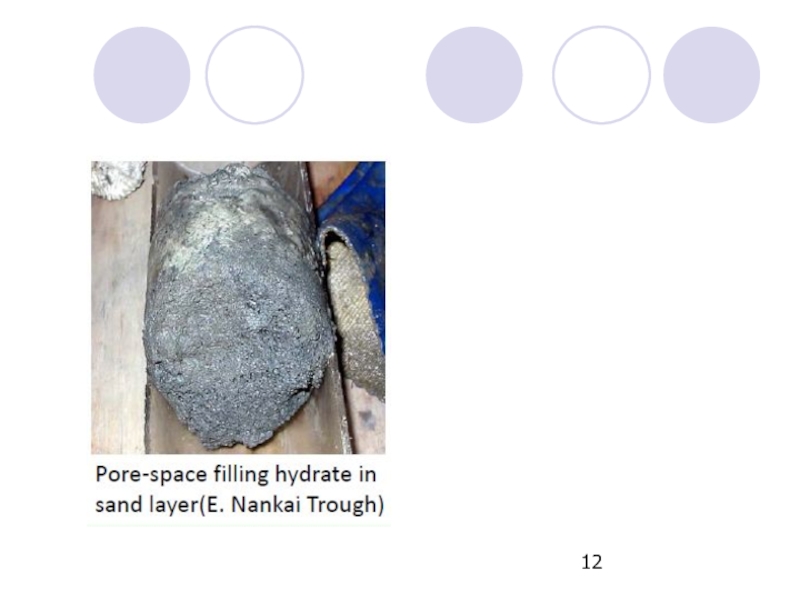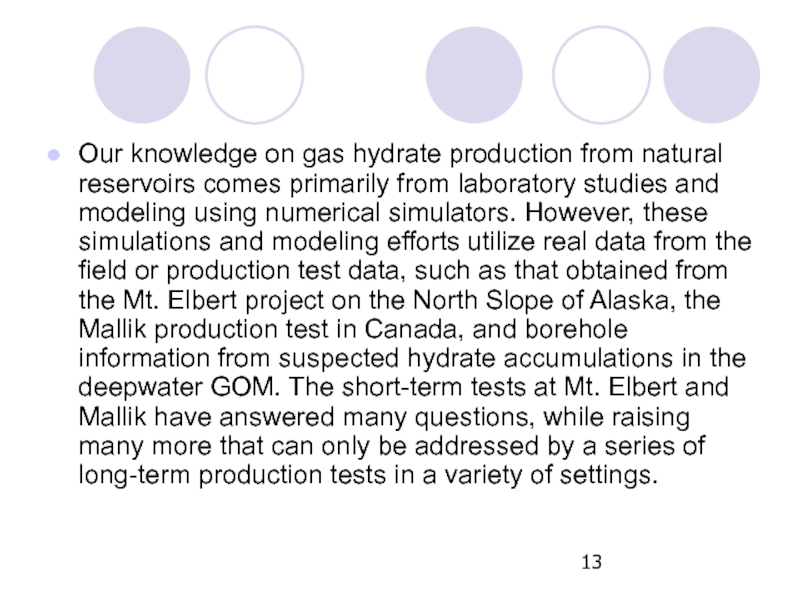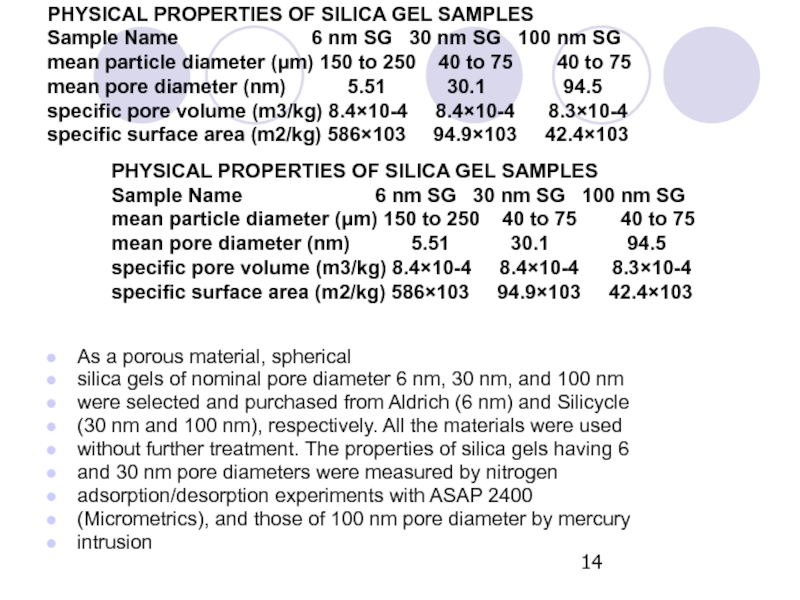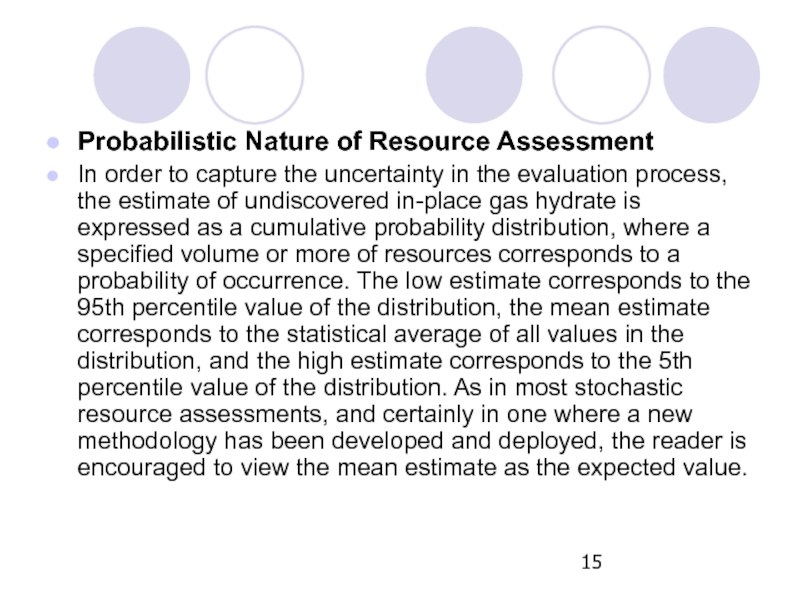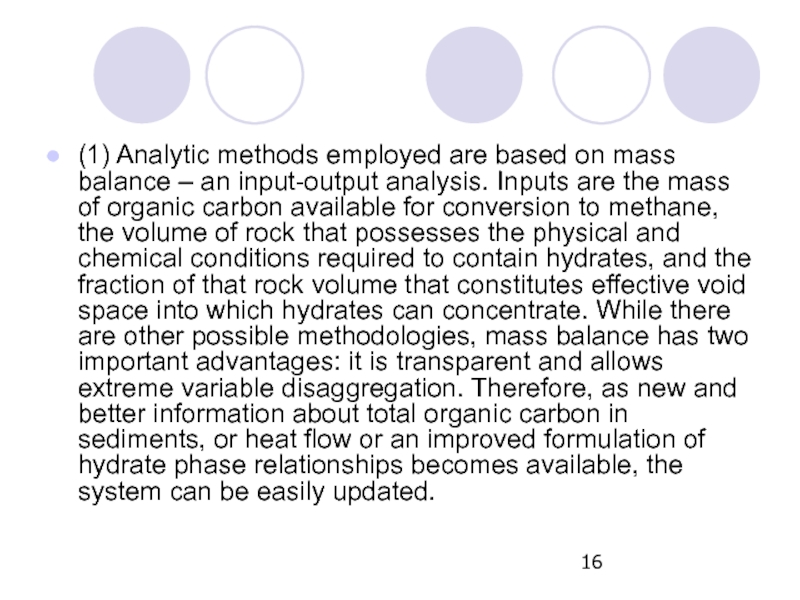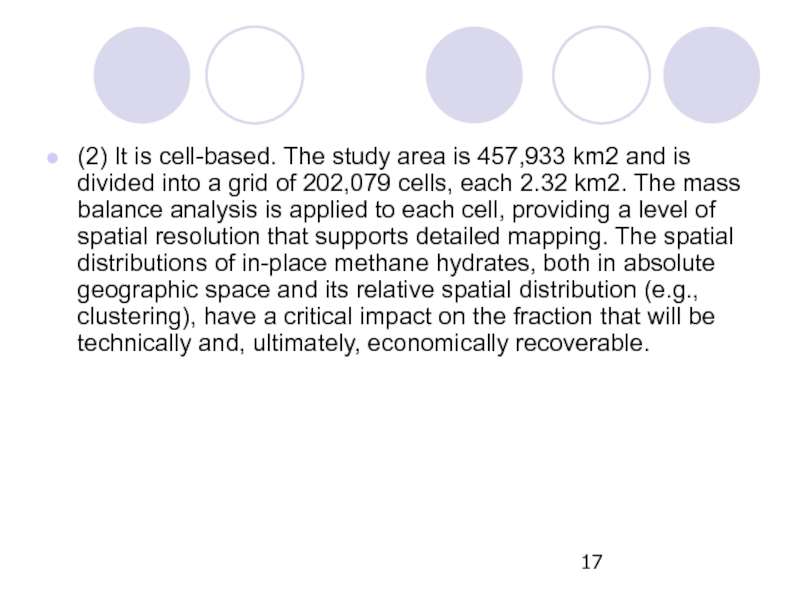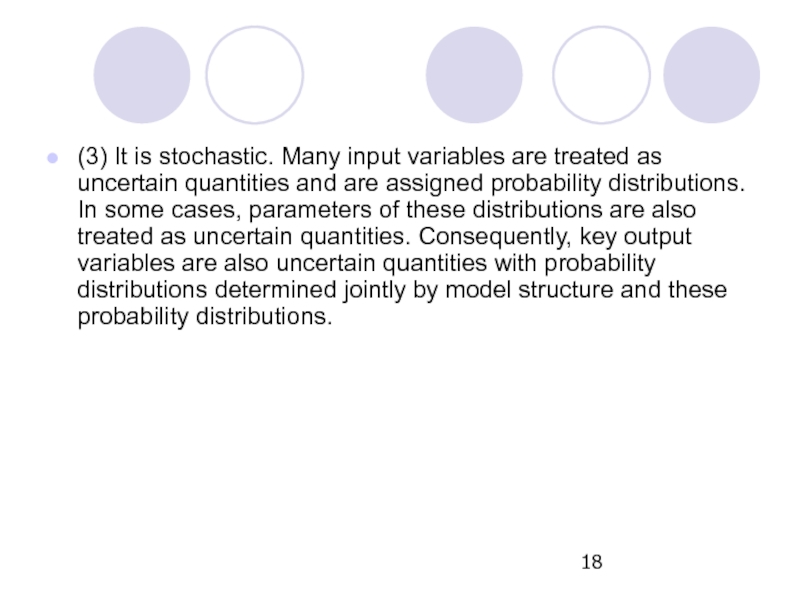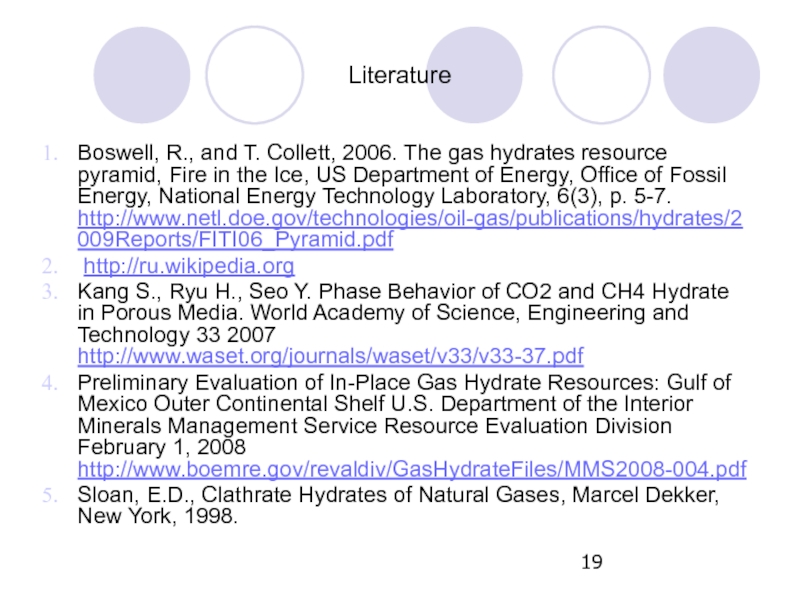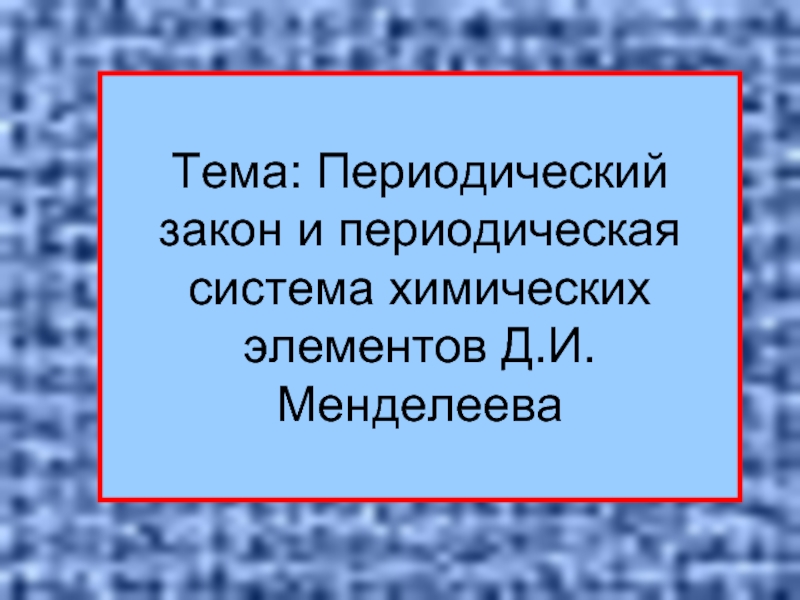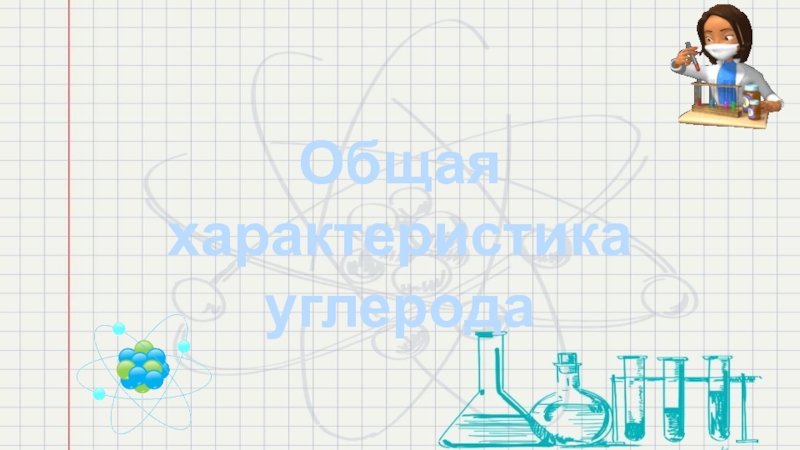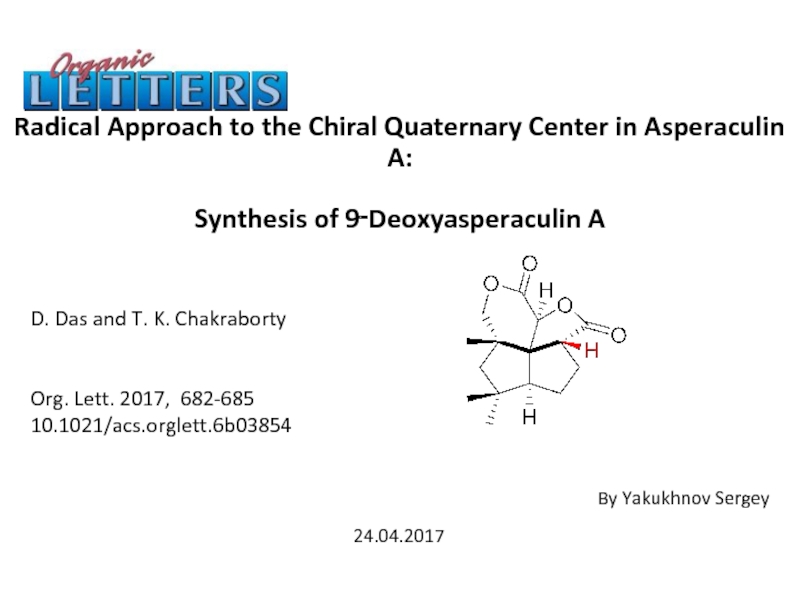- Главная
- Разное
- Дизайн
- Бизнес и предпринимательство
- Аналитика
- Образование
- Развлечения
- Красота и здоровье
- Финансы
- Государство
- Путешествия
- Спорт
- Недвижимость
- Армия
- Графика
- Культурология
- Еда и кулинария
- Лингвистика
- Английский язык
- Астрономия
- Алгебра
- Биология
- География
- Детские презентации
- Информатика
- История
- Литература
- Маркетинг
- Математика
- Медицина
- Менеджмент
- Музыка
- МХК
- Немецкий язык
- ОБЖ
- Обществознание
- Окружающий мир
- Педагогика
- Русский язык
- Технология
- Физика
- Философия
- Химия
- Шаблоны, картинки для презентаций
- Экология
- Экономика
- Юриспруденция
Gas hydrates презентация
Содержание
- 1. Gas hydrates
- 2. Gas-Hydrate resources «There to the North of
- 3. Gas-hydrate Properties Cavities created
- 4. 9,6** 7,3 Gas-hydrate Properties
- 5. Gas-hydrate Properties Водные клатратные каркасы, найденные среди газовых гидратов
- 6. In contrast to conventional natural gas,
- 7. The stability of an idealized methane
- 9. Pressure-temperature equilibrium of the simple methane hydrate Gas-hydrate Properties
- 13. Our knowledge on gas hydrate production
- 14. PHYSICAL PROPERTIES OF SILICA GEL SAMPLES Sample
- 15. Probabilistic Nature of Resource Assessment
- 16. (1) Analytic methods employed are based
- 17. (2) It is cell-based. The study
- 18. (3) It is stochastic. Many input
- 19. Literature Boswell, R., and T. Collett, 2006.
Слайд 2Gas-Hydrate resources
«There to the North of USSR wide territories exist where
- I.N.Strijev, I.E.Khodanovitch “Dobitcha gaza", 1946 , p. 349
The possibility of gas-hydrate existenceat the natural conditions was shown in the experimental works that were carried out in Gubkin State University in 1969.
It was a scientific discovery
The Authors are Yu.F.Makagon, F.A.Trebin, V.G.Vasiliev, N.V.Charskyi, A.A.Trofimuk
Слайд 3
Gas-hydrate Properties
Cavities created inside water-molecular polyhedrons.
The centers oxygen atoms are in
Слайд 6
In contrast to conventional natural gas, methane hydrates occur only in
Слайд 7
The stability of an idealized methane hydrate in nature (area to
Слайд 13
Our knowledge on gas hydrate production from natural reservoirs comes primarily
Слайд 14PHYSICAL PROPERTIES OF SILICA GEL SAMPLES
Sample Name
mean particle diameter (μm) 150 to 250 40 to 75 40 to 75
mean pore diameter (nm) 5.51 30.1 94.5
specific pore volume (m3/kg) 8.4×10-4 8.4×10-4 8.3×10-4
specific surface area (m2/kg) 586×103 94.9×103 42.4×103
As a porous material, spherical
silica gels of nominal pore diameter 6 nm, 30 nm, and 100 nm
were selected and purchased from Aldrich (6 nm) and Silicycle
(30 nm and 100 nm), respectively. All the materials were used
without further treatment. The properties of silica gels having 6
and 30 nm pore diameters were measured by nitrogen
adsorption/desorption experiments with ASAP 2400
(Micrometrics), and those of 100 nm pore diameter by mercury
intrusion
PHYSICAL PROPERTIES OF SILICA GEL SAMPLES
Sample Name 6 nm SG 30 nm SG 100 nm SG
mean particle diameter (μm) 150 to 250 40 to 75 40 to 75
mean pore diameter (nm) 5.51 30.1 94.5
specific pore volume (m3/kg) 8.4×10-4 8.4×10-4 8.3×10-4
specific surface area (m2/kg) 586×103 94.9×103 42.4×103
Слайд 15
Probabilistic Nature of Resource Assessment
In order to capture the uncertainty
Слайд 16
(1) Analytic methods employed are based on mass balance – an
Слайд 17
(2) It is cell-based. The study area is 457,933 km2 and
Слайд 18
(3) It is stochastic. Many input variables are treated as uncertain
Слайд 19Literature
Boswell, R., and T. Collett, 2006. The gas hydrates resource pyramid,
http://ru.wikipedia.org
Kang S., Ryu H., Seo Y. Phase Behavior of CO2 and CH4 Hydrate in Porous Media. World Academy of Science, Engineering and Technology 33 2007 http://www.waset.org/journals/waset/v33/v33-37.pdf
Preliminary Evaluation of In-Place Gas Hydrate Resources: Gulf of Mexico Outer Continental Shelf U.S. Department of the Interior Minerals Management Service Resource Evaluation Division February 1, 2008 http://www.boemre.gov/revaldiv/GasHydrateFiles/MMS2008-004.pdf
Sloan, E.D., Clathrate Hydrates of Natural Gases, Marcel Dekker, New York, 1998.
